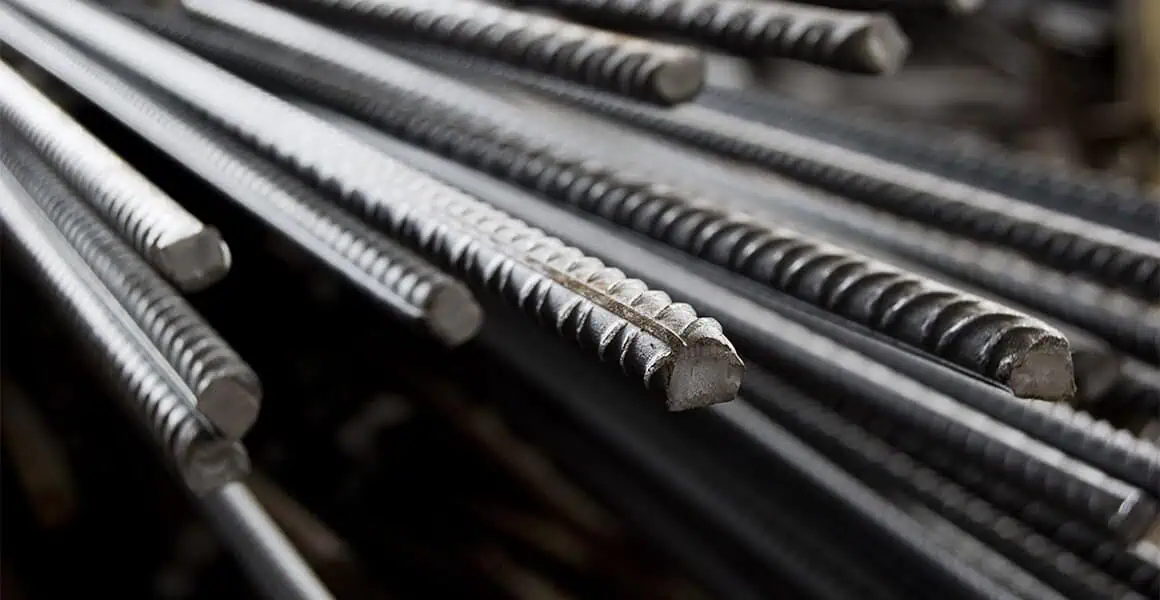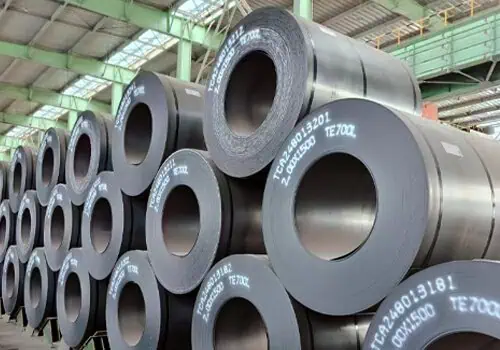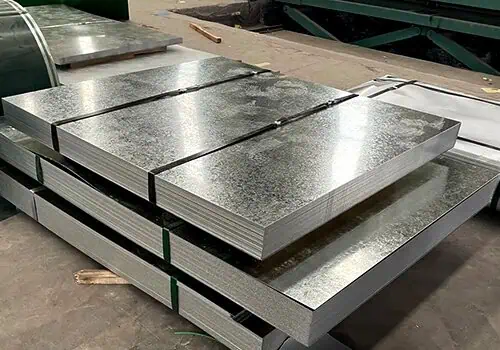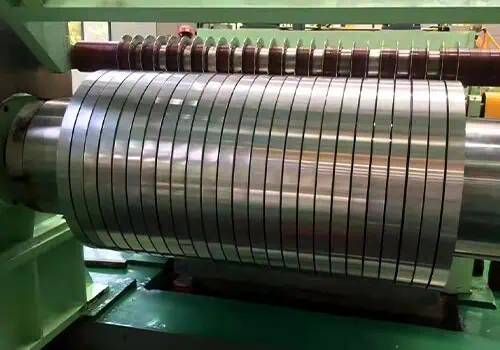Rebar is serious stuff when it comes to doing reinforced concrete. But what is rebar made of, and why should you care? Stick around and I’ll explain.
Rebar is primarily made from carbon steel, including low-, medium-, and high-carbon types. Stainless steel and epoxy-coated varieties also exist for corrosion resistance. Each type affects tensile strength, corrosion performance, and rebar prices—so choosing the right one matters.
Let’s talk about what makes rebar the strong, underappreciated workhorse it is in modern construction.
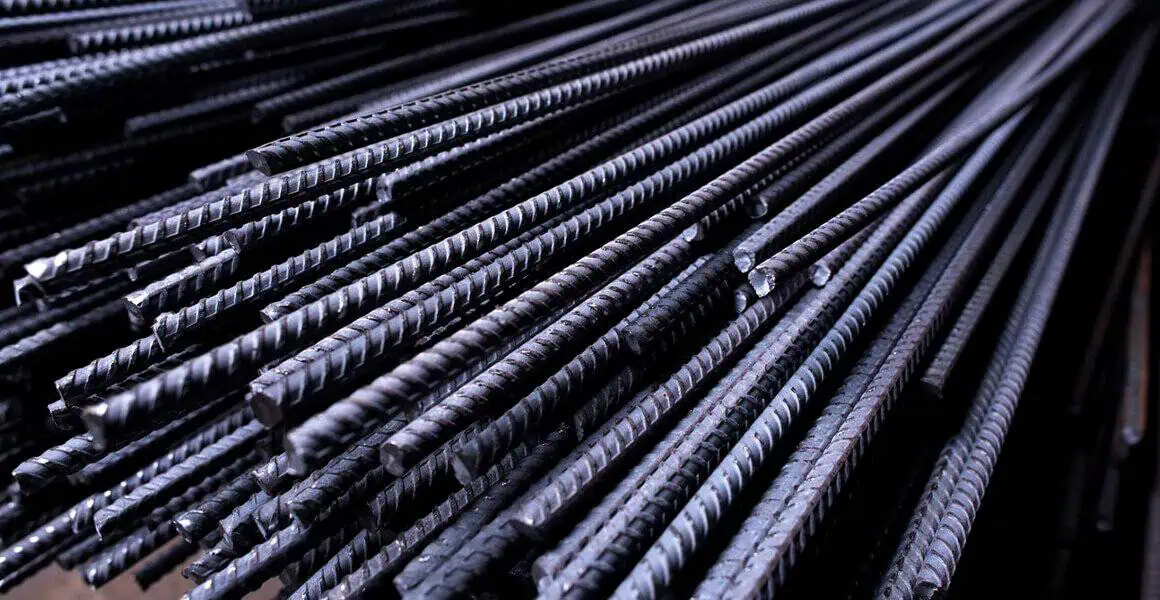
What Type Of Steel Is Used In Rebar?
Steel rebar comes in several different grades, and each grade influences the strength, flexibility, and corrosion resistance of the rebar. Knowing what you’re dealing with is the first step to selecting the right material for your project.
Carbon steel is the industry standard and the most common type of rebar steel used everywhere in the world. ASTM A615 is one of the most commonly used grades. If you’re in a marine or a chemical environment, a706 rebar or stainless options are excellent choices because they’re more weldable and have better resistance to corrosion.
In addition to the basic carbon steel, you’ll also find specialty versions such as epoxy-coated and galvanized rebar. These will give you extra protection, but they’re going to add cost, too. Your best bet? Always consult your structural engineer, the person who drew the plans, or use a rebar grade chart to compare the different types of rebar and where they’re used.
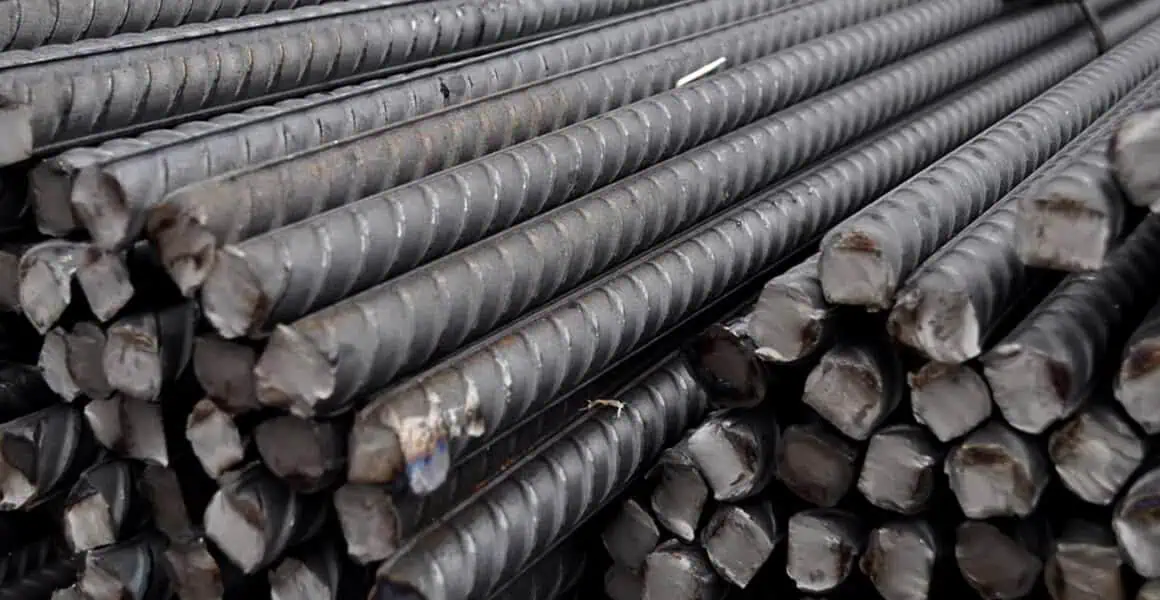
What Is The Raw Material For Rebar?
Understanding what rebar is made of will help you understand its performance and lifecycle. It all starts with steel billets, which are often produced from recycled scrap.
Once the billets have been heated to over 1000°C, they are run through rolling mills where they are shaped into rods. They are then cooled and ridged for better bonding performance. Many of these billets come from rebar scrap price sources, making reinforcement bar one of the most sustainable products in construction.
If you’re buying from the biggest rebar manufacturers, always ask to see the test certificates to make sure of the billet purity and grade.
Is Rebar Stronger Than Steel?
Many people figure that all steel is the same. However, when it comes to strength, rebar is specifically engineered to do something that regular old standard steel cannot do: bond with concrete under stress.
With its ribbed or deformed surface, rebar provides better mechanical anchoring than smooth steel. It offers higher flexural strength. You want that mechanical grip in the rebar. That’s why you need rebar plural, multiple rods used together, for structural strength.
When comparing types, always look at a rebar tensile strength chart. It’s not just the amount of steel used in rebar specifications that determines strength. It’s also the treatment given and the ridging.
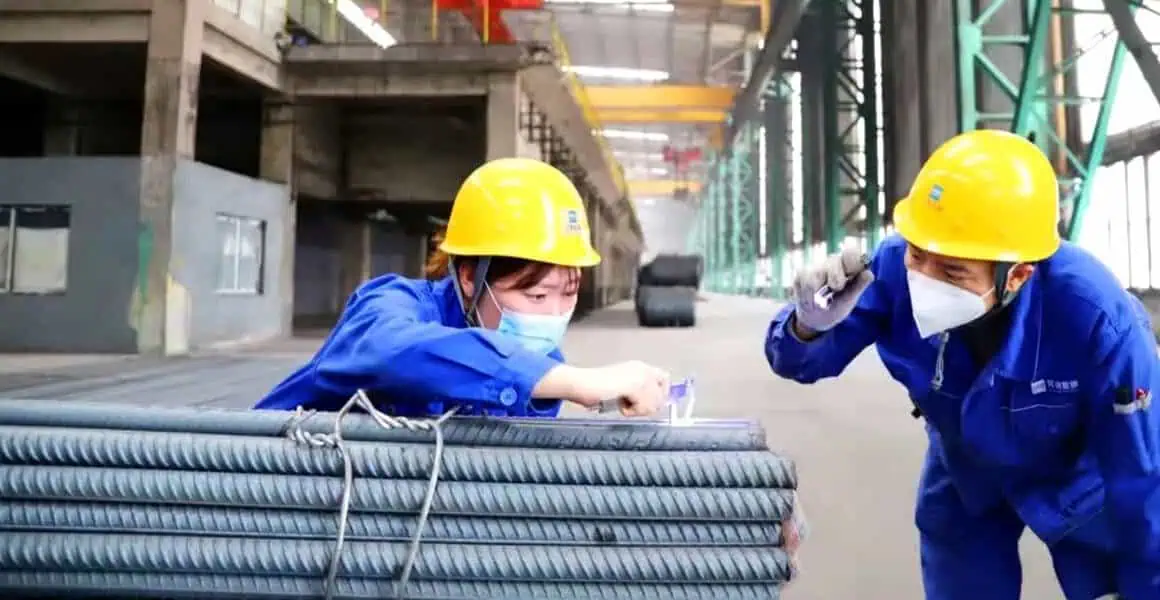
How Is Rebar Manufactured?
Have you ever wondered how steel rebar is made? Here’s a quick peek into the process of manufacturing steel rebar. It all starts by melting down steel scrap to produce billets. The billets are then hot-rolled into the size you want. During the rolling process, they add ribs. Some go through quenching and self-tempering to add strength.
Modern Chinese factories use computerized systems that monitor temperature, tension, and spacing in real-time. This maintains quality in custom rebar and standard types of reinforcement bars. When it comes to videos, if you want performance and durability, ask for the videos or the certifications.
Why Is Rebar Important In Concrete?
Concrete is very strong under pressure, but it’s very weak under pulling force. That’s where rebar comes in. That’s why they call it rebar, which is short for reinforcement bar. The bar adds tensile strength to the concrete, helping to prevent cracking and collapse. I like to think of it as the bones inside the body. Without those bones, the body would just crumble under pressure.
In places like Latin America, where there’s a lot of seismic activity, rebar steel is a big deal. Buildings without adequate reinforcement are more susceptible to failure during an earthquake. That’s why there are often specific rebar and reinforcement bar type and size requirements in local building codes.
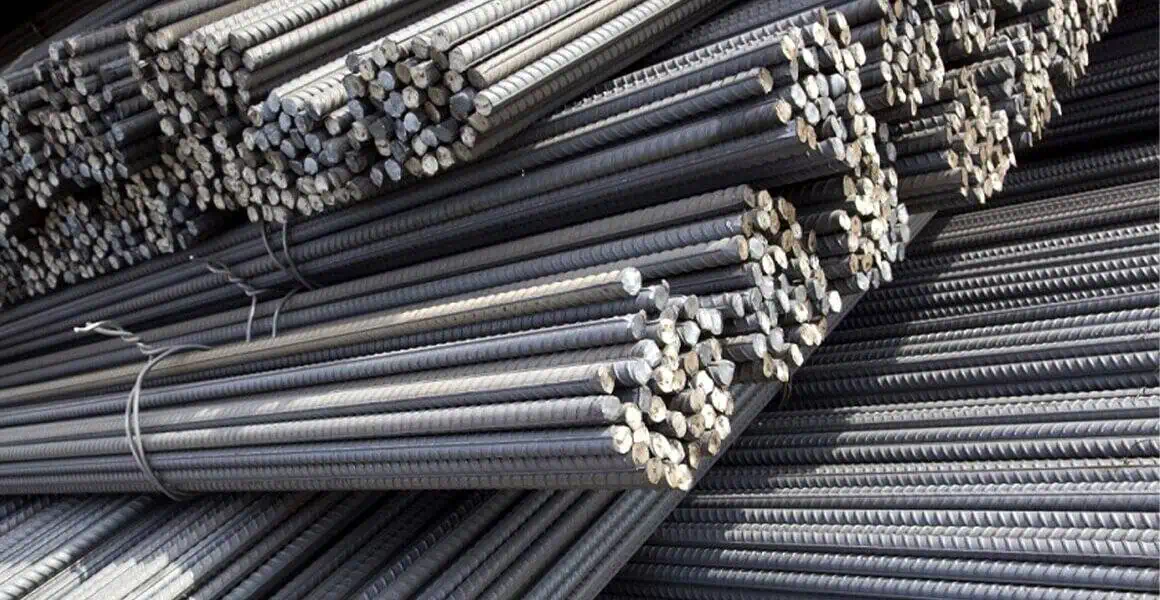
What Are The Common Rebar Sizes And Grades?
Using the wrong sizes of rebar can lead to structural failure or material waste, so you need to select the right one. The most common steel rebar sizes are #3 (10mm), #4 (12mm), #5 (16mm), şi #6 (20mm). Higher sizes like #8, #11, #14, şi #18 are also used for industrial builds. The grades like 40, 60, şi 75 correspond to the tensile strength. Steel with an ASTM (American Society for Testing and Materials) a615 specification is ubiquitous.
With steel rebar, your best bet is to obtain a steel rebar grade chart from them for your country’s building code. Don’t forget to cross-check the markings on the rebar to make sure you’re getting what you’re shown.
Does Rebar Always Rust?
This is a common concern, especially in wet or coastal climates. Yes, regular carbon steel rebar does rust. Rust can degrade the bond between the steel and the concrete, leading to cracking. That’s why builders often use epoxy-coated, galvanized, or even stainless shapes of rebar in these more vulnerable areas. If you are worried about rust, ask your supplier about protective finishes. You can also check local standards such as ASTM A775 for coated rebar.
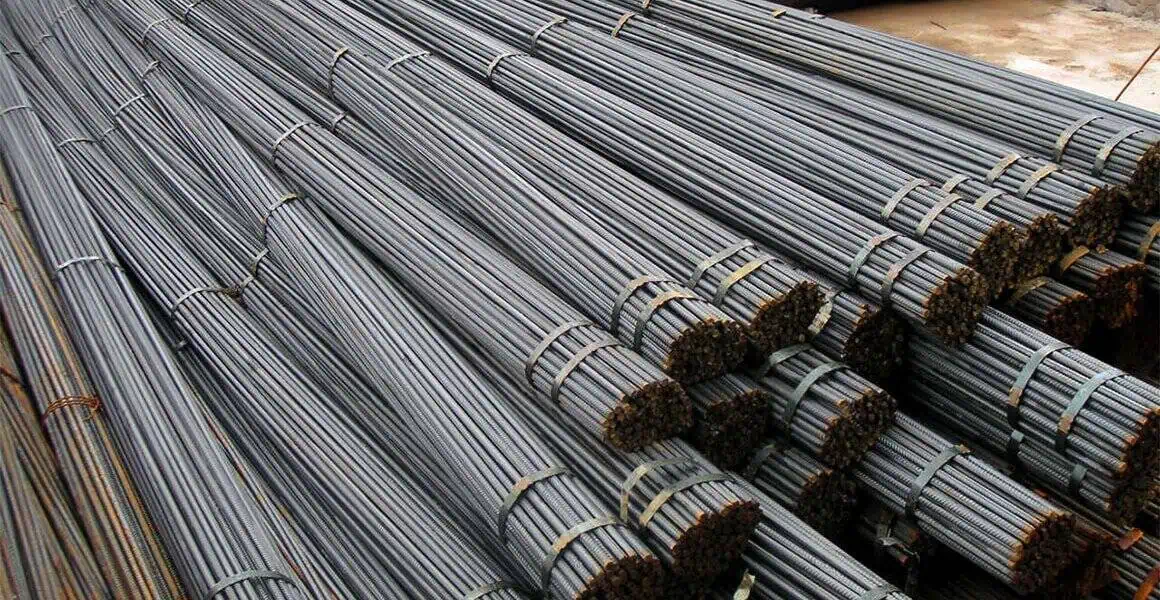
Does Rebar Break Easily?
Rebar is built to handle tension and bending. While rebar can break under extreme pressure, it’s not something that happens readily. Rebar is designed to bend, not break, which makes it perfect for reinforcement. If your project needs flex material, check the rebar tensile strength chart and ask your supplier to verify the elongation percentage. Also, steer clear of brittle materials. Low-quality rebar made from recycled scrap will fail more quickly.
Can You Bend A Rebar?
Yes, and in most cases, you have to! Forging rebar or bending it to shape is something that happens on-site. You can bend rebar cold using mechanical tools or heating it slightly for larger diameters. But be careful: improper bending can cause micro-cracks and reduce the strength of the rebar. Make sure you follow your country’s rebar bending radii regulations. Also, verify with the supplier if your specific grade can be bent or not.
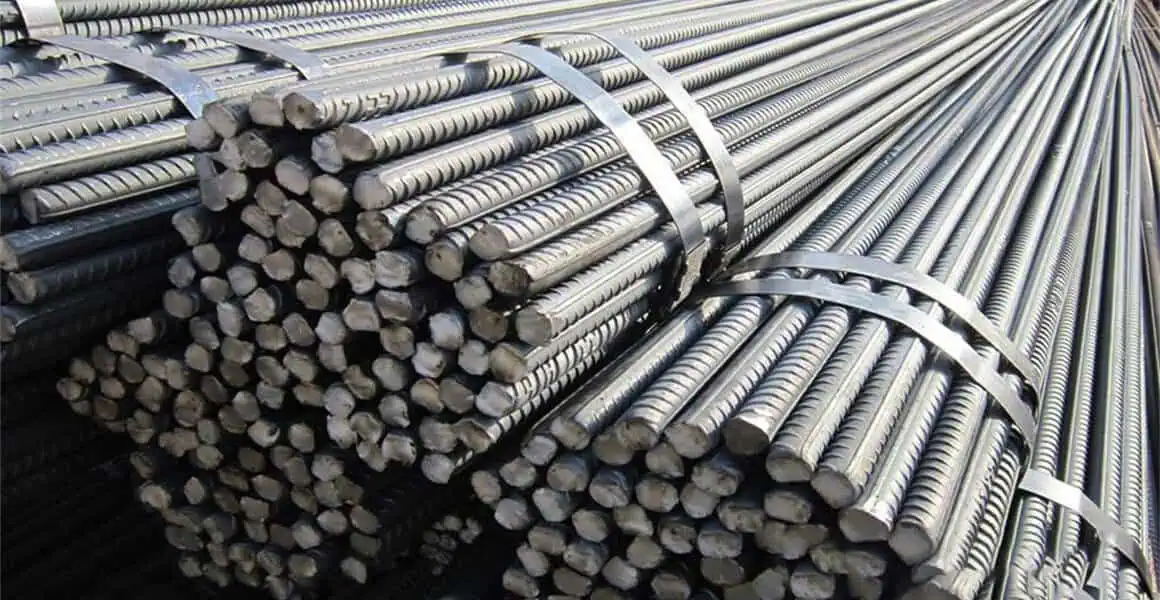
Does Rebar Get Welded?
Some applications will require joints to be welded, especially in the case of prefabricated panels or cages. However, not all rebar can be welded. Welding is typically reserved for a706 rebar which has lower carbon content and is made for welding. In general, most carbon steel rebar is not recommended for welding due to brittleness. Stick to lap joints, tying wire, or mechanical couplers unless welding is required and you’re using the correct grade.
What’s The Best Way To Cut Rebar?
Cutting rebar is going to be something you do at some point. There are a couple of ways to do it, depending on the volume and diameter. For small jobs, you can get away with using an angle grinder or a good bolt cutter. For larger jobs, you’ll want to use a hydraulic cutter. Whatever method you use, make sure to firmly clamp the bar, measure carefully, and make a secure cut. In a workshop, you might have access to an automated shear line which will ensure consistent rebar sizes in inches and cut down on waste. Always wear safety gear when working with steel rebar.
Summary
Knowing what rebar is made of, what grade it is, and the sizes available will help you build safer, more durable structures—all while managing costs and getting the quality and performance you expect.

